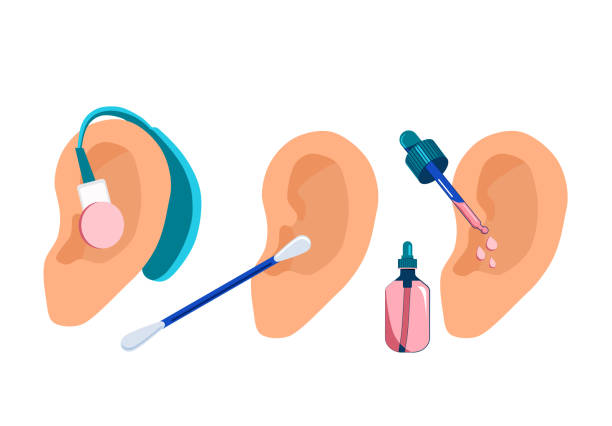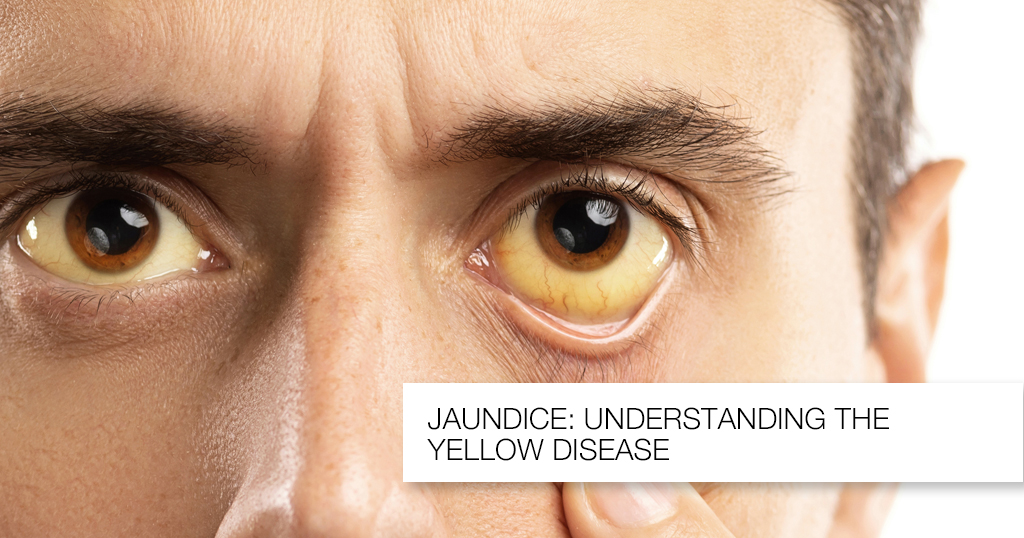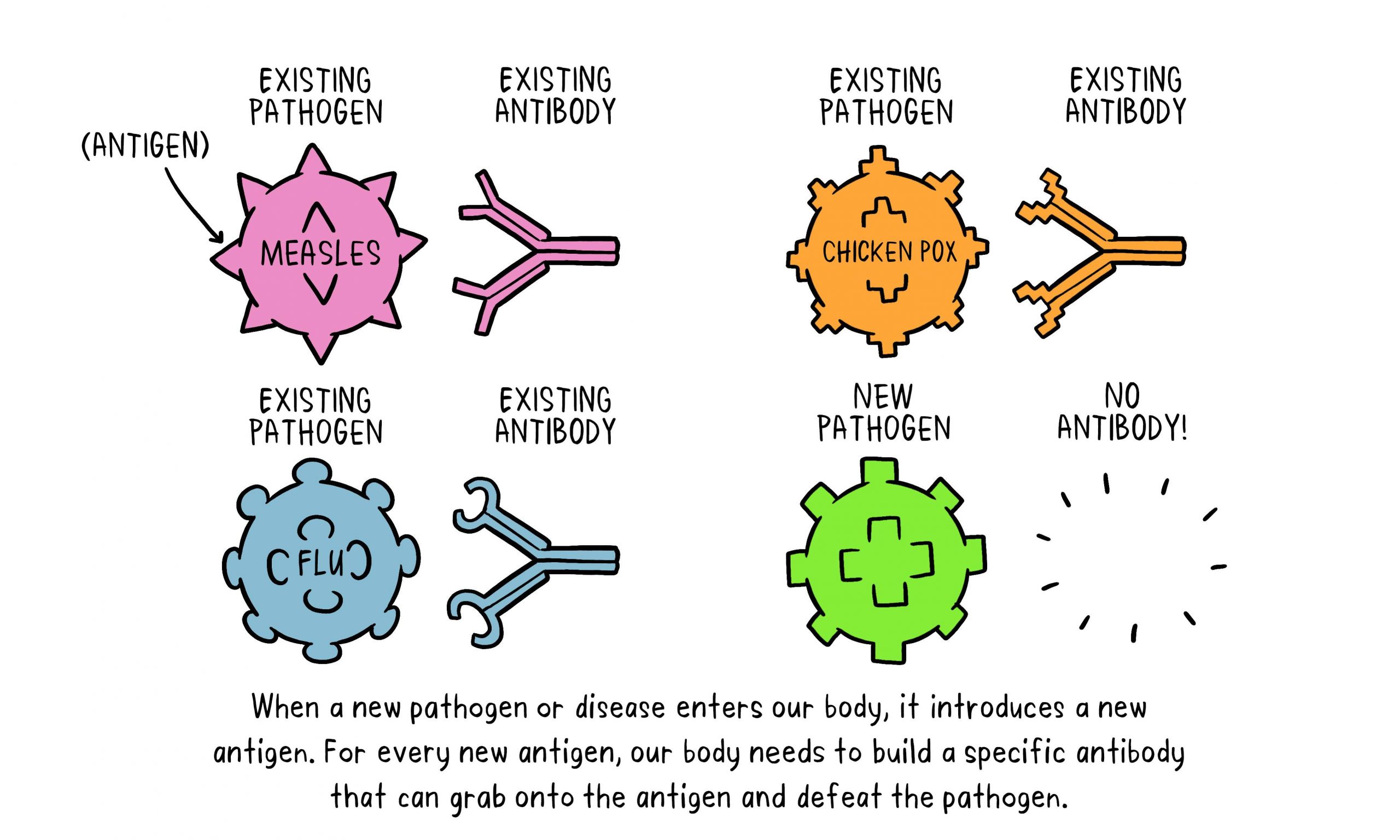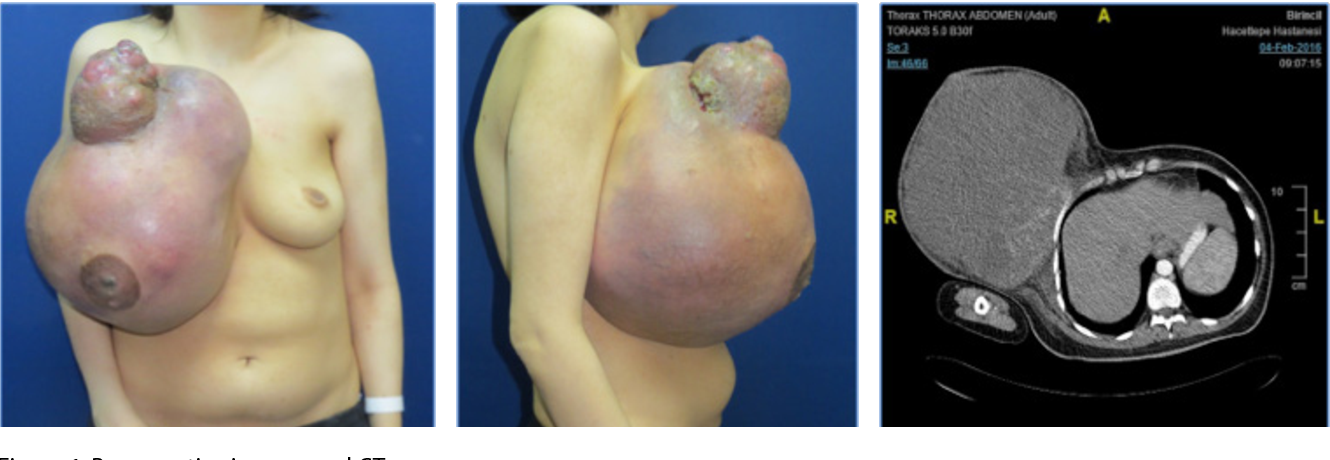Writing Manuscript in Research for Authors For IOM for Journal of IOM(JIOM) is detailed mentioned here. JIOM is journal of institute of Medicine of Nepal.
The final stage of a research project is the writing of a manuscript which ultimately allows your work to become part of the “body of knowledge.” Development of a manuscript involves the careful inclusion of all of the relevant information so that your research can be understood as well as replicated by others.
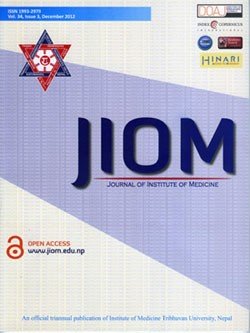
Writing Manuscript in Research for Authors For IOM
INSTRUCTION TO AUTHORS FOR MANUSCRIPTS PREPARATION for IOM(JIOM)
Introduction
The Institute of Medicine (IOM) was established in 1972 under Tribhuvan University. Within a decade of its establishment, a total of 12 campuses have been established under the institute, all scattered throughout the country. Initially, numerous programs were undertaken to generate competent middle level health workers initially which included; ANM, CMA, Proficiency Certificate Course in General Medicine, Pharmacy, Radiology, Physiotherapy, Nursing, Health Laboratory and Traditional Medicine. By 1977 it had, at graduate level, a 2-year Bachelor of Nursing Program in Community Nursing, Pediatric Nursing and Adult Nursing and in 1978, a community-oriented integrated MBBS program was started with an intake of 22 students. At post-graduate level, a three year Postgraduate Generalist (Family Physician) Training in 1982 and one-year Postgraduate Diploma in Anesthesiology in 1984 were started with support from the University of Calgary, Canada. Today the IOM is running 49 different programs from proficiency certificate level to the highest postgraduate degree in medicine, public health, paramedical, nursing and traditional medicine (Ayurveda Science) through 17 campuses scattered all over the country. From 2008 onward different program in various subspecialties in Surgery MCh, Medicine DM and PhD in different subjects of clinical and basic medical sciences were initiated with the aim to provide superspeciality training in the country and similar programs are planned in other faculties in the near future.
A three hundred-bedded Tribhuvan University Teaching Hospital was completed in 1984 with support from JICA which in itself was a landmark in the health sector of the country. Another 100 beds were added in 1993 onward and now, Tribhuvan University Teaching Hospital has above 600 beds and is one of the biggest hospitals in country at this time, to provide tertiary health service to the Nepalese people. It is also the only hospital to provide services in largest number of medical specialties (28 medical specialties). This is an institutional hospital being used for the teaching/learning activities of different programs run by IOM and is also involved in research.
Journal of institute of medicine (JIOM) is a multispecialty journal carrying the aspirations of all those affiliated to the Institute of medicine. It is a scientific medical journal in English and publishes papers on health and medical issues. It was established in 1979 and the first Chief Editor was Prof Gopal Acharya. First year of publication of the electronic version was on 1998. The online version is available Here
Scope of the Journal
As IOM has numerous campuses, institutes and colleges affiliated to it and runs a wide array of programs, it is rich in myriads of academic activities including research. The main objective of the JIOM is to serve as a portal by documenting the research activities. JIOM encourages scientific paper writing and dissemination of this information. We are of strong belief that each research conducted and the results henceforth obtained have strong implication for the community. In this regards, JIOM aims to be the centerpiece in the whole process of dispersion of information and knowledge.
The journal accepts scientific articles from various faculties and students of the Institute of Medicine and its affiliated institutes or from any other institutes, if the subject matter addresses important issues. Scientific articles related to all the disciplines of medicine, public health or health care management and those articles having impact on health in any form are accepted, but the editorial board reserves the right to deny publication if it deems so. Preference is given to original articles with structured methodology.
Editorial Policy
Original articles, review articles, articles on P.H.C., medical education and manpower training and case reports are welcome
• The articles will be accepted for publication only after clear indication by the author that the manuscript has not been submitted elsewhere for publication.
• We have a policy to discourage articles that have conflict of interest in terms of financial assistance or sponsorship.
• Data and references in an article are the sole responsibility of the author and any attempt to falsify them will be taken as an offence
• All contributions are judged by the criteria of originality and scientific content, and preference will be given to original research articles.
• The manuscripts are subjected to peer reviews.
• The editors reserve the right of refusing to publish articles that have been submitted.
• The opinions expressed in the articles are the author’s own and do not necessarily reflect the views of the publisher or the editorial board.
Manuscript submission
It is assumed that the author understands that by submitting the article to the journal; the article has not been published in any other journal in the past and also has not been submitted simultaneously to other journals. All the moral responsibility of such act lies with the main author and the corresponding author. Such acts are regarded as an offence. If the author wishes to withdraw a manuscript, a written letter signed by all the coauthors, addressed to the ‘Editor in Chief’ should be submitted to the ‘Editorial Office’.
Manuscripts must be written in clear, concise English and submitted to the ‘Editorial Office’ of JIOM. Digital submission in the form of pen drive or through email is required according to the guidelines issued by the journal. The manuscript should also include a Forwarding, Authorship and Declaration letter duly signed. Sample letters can be downloaded from the website of the journal or requested by email. Corresponding authors should clearly mention their address along with their email address and phone number.
Corresponding address of JIOM
The Chief editor or The Executive editor Journal of institute of medicine (JIOM)
Tribhuvan University Institute of Medicine Maharajgunj, Kathmandu, Nepal.
P.O.BOX 1524
Phone: + 977-1-4413187+ 977-1-4413187; Fax: +977-1-4422307
Emai:editorjiom@gmail.com
Peer review process
The manuscript will be submitted for peer review after the editors review it for content and basic format. Manuscripts lacking originality, serious scientific and technical flaws or significant message can be rejected before it is sent for peer review. An article has to be written in such a way that it complies with the format of the journal and authors can be asked for resubmission after necessary revision.
The review process will take around 2 to 6 months and there might be further delays during the holiday season. Reviewers are selected by the editors and information regarding authors and institution related to the article are withheld from them. Original articles are sent to two reviewers and case reports to a single reviewer. In case of conflict, they are sent to a third reviewer before being rejected or accepted. Authors are informed regarding reviewers comments and advised for revisions to the article accordingly. If there is any undue delay in response, the article will be taken as a resubmission and the article will have to undergo a whole new review process.
The Editorial board reserves the final right to accept articles for publication.
Publication and access
JIOM is published three times a year on April, August and December. The printed issues can be subscribed from the Editorial Office and the rates are mentioned below. JIOM grants permission to read, download, copy and distribute articles published for free provided they are done in the manner in which they were published and without any modifications. Authors are also not charged for submission, processing or publication of articles. The digital form can be downloaded from the website conditionally but free of cost. Authors are entitled to a free copy of the journal in which their articles are published and it has to be collected from the editorial office within two months of publication of the issue. Additional copies have to be bought and are subject to availability.
While every effort is made by the Editorial Team and the press to avoid inaccurate or misleading information appearing in JIOM, data within the individual articles and advertisements are the responsibility of the authors or advertisers concerned. The JIOM editorial team and the press accept no liability whatsoever for the consequences of any such inaccurate or misleading data, opinion or statement.
Correspondence regarding subscription should be addressed to the editorial office.
THE EDITORIAL PROCESS
The Editors review all submitted manuscripts initially. Manuscripts with insufficient originality, serious scientific and technical flaws, or lack of a significant message are rejected or if good article are written poorly then author are requested to re-submit after the revision. All manuscripts received are duly acknowledged. Manuscripts are sent to two expert reviewers without revealing the identity of the contributors to the reviewers. Each manuscript is meticulously reviewed by the editor based on the comments from the reviewers and takes a final decision on the manuscript. The contributors will be informed about the reviewers’ comments and acceptance/rejection of manuscript.
Articles accepted would be copy edited for grammar, punctuation, print style, and format. Page proofs will be sent to the corresponding author, which has to be returned within three days. Non response to proof copy may delay the publication of the same article or may even get rejected from the journal.
INSTRUCTIONS TO AUTHORS
An “author” generally considered as someone who has made substantive intellectual contributions to a published study, and biomedical authorship continues to have important academic, social, and financial implications. An author must take responsibility for at least one component of the work, should be able to identify who is responsible for each other component, and should ideally be confident in their co-authors’ ability and integrity. Manuscripts must be prepared in accordance with “Uniform requirements for Manuscripts submitted to Biomedical Journals” developed by the International Committee of Medical Journal Editors (October 2006).
Title page
Title page of the manuscript should contain:
1. Type of manuscript (Original article, Reviews and Case report).
2. Title of the article.
3. The name(s) of the author(s): family name(s) followed by first name(s).
4. The name(s) of the department(s) or institution(s) affiliated to the author(s). The affiliation should comprise the department, institution, city and nation from which the work originated.
5. The name and full mailing address (including telephone, fax numbers and e-mail address) of the “Corresponding author”.
6. Total number of pages, photographs and word counts separately for abstract and for the text (excluding references).
7. Sources of financial support in the form of grants, equipments, drugs, etc. if any.
8. The running head should be of maximum 40 characters, including word spaces and should indicate major features of the article.
9. Acknowledgements.
Conflict of Interest: No/Yes [if yes mention]
To prevent the information on potential conflict of interest for authors from being overlooked or misplaced, it is necessary for that information to be part of the manuscript. It should therefore also be included on a separate page or on pages immediately following the title page.
JIOM reserves the right to send information on conflict of interest to reviewers.
Types of manuscript and word limits
In each issue, we publish articles under certain types/ sections. The types of articles we publish are as follows:
Original Article:
Randomized controlled trials, interventional studied, studies of screening and diagnostic test, outcome studies, cost effectiveness analyses, case-control series and surveys with high response rate. Up to 2500 words excluding references (up to 30) and abstract (up to 250).
Review Article:
Systemic critical assessments of literature and data sources. Up to 3000 words excluding references (up to >50 but <100) and abstract (250).
Medical Education:
Any article related to medical education with abstract and references, word limit may vary.
Case Report:
new/interesting/very rare cases with clinical significance or implications can be reported. Up to 1000 words excluding references (up to 10) and abstract (up to 100), up to three photographs.
Viewpoint:
These articles are personal views and allow you to express your own point of view on any issues relevant to health. We like these to include controversial subjects. Up to 800 words excluding reference (up to 5-8).
Letter to the Editor:
Should be short, decisive observation. They should not be preliminary observations that need a later paper for validation. Up to 400 words and 5 references.
Limits for number of images and tables: for all the above-mentioned categories the number of images and tables should not be more than one per 500 words.
Abstract
This should be not more than 250 words on the second page of the manuscript and be presented in a structured format. Introduction, Methods, Results and Conclusions.
The abstract should provide the context or background for the study and should state the a) study’s purposes b) basic procedures (selection of study subjects or laboratory animals, observational and analytical methods) c) main findings (giving specific effect sizes and their statistical significance, if possible), and d) principal conclusions. It should emphasize new and important aspects of the study or observations.
Because abstracts are the only substantive portion of the article indexed in JIOM electronic databases, and the only portion many readers read, authors need to be careful that abstracts reflect the content of the article accurately. Unfortunately, many abstracts disagree with the text of the article.
We request you to provide, and identify as such, 3 to 10 keywords or short phrases that capture the main topics of the article. These will assist indexers in cross-indexing the article and may be published with the abstract. Terms from the Medical Subject Headings (MeSH) list of Index Medicus should be used; if suitable MeSH terms are not yet available for recently introduced terms, present terms may be used. The keywords should be arranged in alphabetical order being separated by commas and a space with the first keyword initially capitalized.
Introduction
Provide a context or background for the study (i.e., the nature of the problem and its significance). State the specific purpose or research objective of, or hypothesis tested by, the study or observation; the research objective is often more sharply focused when stated as a question. Both the main and secondary objectives should be made clear, and any pre-specified subgroup analyses should be described. Give only strictly pertinent references and do not include data or conclusions from the work being reported.
Methods
The method section should contain:
a) Study design
b) Duration of study
c) Place of study
d) Ethical approval
e) Patient consent
e) Inclusion and exclusion criteria
f) Sampling
g) Statistical analysis and
h) Software used.
The Methods section should include only information that was available at the time the plan or protocol for the study was written; all information obtained during the conduct of the study belongs to the Results section.
Selection and Description of Participants: Describe your selection of the observational or experimental participants (patients or laboratory animals, including controls) clearly, including eligibility and exclusion criteria and a description of the source population. Because the relevance of such variables as age and sex to the object of research is not always clear, authors should explain their use when they are included in a study report; for example, authors should explain why only subjects of certain ages were included or why women were excluded. The guiding principle should be clear about how and why a study was done in a particular way. When authors use variables such as race or ethnicity, they should define how they measured the variables and justify their relevance.
Technical information: Identify the methods, apparatus (give the manufacturer’s name and address in parentheses), and procedures in sufficient detail to allow other workers to reproduce the results. Give references to established methods, including statistical methods (see below); provide references and brief descriptions for methods that have been published but are not well known; describe new or substantially modified methods, give reasons for using them, and evaluate their limitations. Identify precisely all drugs and chemicals used, including generic name(s), dose(s), and route(s) of administration.
Authors submitting review manuscripts should include a section describing the methods used for locating, selecting, extracting, and synthesizing data. These methods should also be summarized in the abstract.
Ethics, human and animal rights
When reporting research on human beings, the authors must include an assurance that the work was approved by a medical ethics committee and that the subjects had given in their informed consent to participate in the research and the study was in accordance to the Helsinki declaration of 1975 as revised in 2000 (available at http://www.wma.net/e/policy/17-c_e.html). Do not use patient’s names, initials, or hospital numbers, especially in illustrative material.
When reporting experiments on animals, indicate whether the institutions or a national research council’s guide for, or any national law on the care and use of laboratory animals were followed. Evidence for approval by a local ethics committee (for both human as well as animal studies) must be supplied by the authors on demand. Animal experimental procedures should be as humane as possible and the details of the anesthetics and analgesics used should be clearly stated. The ethical standards of experiments must be in accordance with the guidelines provided by the ‘Committee for the purpose of control and supervision on experiments on animals’d CPCSEA. (available at envfor.nic.in/divisions/awd/cpcsea_laboratory.pdf -)
The journal will not consider any paper which is ethically unacceptable. A statement on ethics committee permission and ethical practices must be included in all research articles under the materials and methods section.
Statistics: Describe statistical methods with enough detail to enable a knowledgeable reader with access to the original data to verify the reported results. When possible, quantify findings and present them with appropriate indicators of measurement error or uncertainty (such as confidence intervals). Avoid relying solely on statistical hypothesis testing, such as the use of P values, which fails to convey important information about effect size. References for the design of the study and statistical methods should be to standard works when possible (with pages stated). Define statistical terms, abbreviations, and most symbols. Specify the computer software used.
Results
Present your results in logical sequence in the text, tables, and illustrations, giving the main or most important findings first. Do not repeat in the text all the data in the tables or illustrations; emphasize or summarize only important observations. Extra or supplementary materials and technical detail can be placed in an appendix where it will be accessible but will not interrupt the flow of the text; alternatively, it can be published only in the electronic version of the journal.
When data are summarized in the Results section, give numeric results not only as derivatives (for example, percentages) but also as the absolute numbers from which the derivatives were calculated, and specify the statistical methods used to analyze them. Restrict tables and figures to those needed to explain the argument of the paper and to assess its support. Use graphs as an alternative to tables with many entries; do not duplicate data in graphs and tables. Avoid non-technical uses of technical terms in statistics, such as “random” (which implies a randomizing device), “normal,” “significant,” “correlations,” and “sample.”
Where scientifically appropriate, analyses of the data by variables such as age and sex should be included.
Discussion
Emphasize the new and important aspects of the study and the conclusions that follow from them. Do not repeat in detail data or other material given in the Introduction or the Results section. For experimental studies, it is useful to begin the discussion by summarizing briefly the main findings, then explore possible mechanisms or explanations for these findings, compare and contrast the results with other relevant studies, state the limitations of the study, and explore the implications of the findings for future research and for clinical practice.
Conclusions
Link the conclusions with the goals of the study but avoid unqualified statements and conclusions not adequately supported by the data. It should be short and to the point rather than a summary of the article. In particular, authors should avoid making statements on economic benefits and costs unless their manuscript includes the appropriate economic data and analyses. Avoid claiming priority and alluding to work that has not been completed. State new hypotheses when warranted, but clearly label them as such.
References
References should be typed double spaced in a separate section at the end of the manuscript and numbered consecutively in the order in which they are cited in the text. Published articles and those in press (state the journal which has accepted them and enclose a copy of manuscript) may be included. Cite in the text by the appropriate Arabic numbers in superscript. Include the last names and initials of all authors [multiple authors: list up to the first 6 authors followed by et al.], title of article, name of publications, year published, volume number, Issue number and inclusive pages. The style and punctuation of the references should confirm the following examples (i.e., Vancouver Style): Please refer to the guidelines at
http://www.icmje.org or http://www.nlm.nih.gov/bsd/uniform_requirements.html or http://www.ncbi.nlm.nih.gov/books/bookres.fcgi/citmed/front page .html
JOURNAL ARTICLES
Russell FD, Coppell AL, Davenport AP. In vitro enzymatic processing of radiolabelled big ET-1 in human kidney as a food ingredient. Biochem Pharmacol. 1998 Mar 1;55(5):697-701.
Explanation of above citation:
| AUTHOR | TITLE |
Russell FD, Coppell AL, Davenport AP. In vitro enzymatic processing of radiolabelled big ET-1 in human kidney as a food ingredient. Biochem Pharmacol 1998 Mar 1; 55(5):
697-701.
| TITLE OF | PUBLICATION | VOLUME |
| PAGE NO | ||
| JOURNAL | YR/MTH/DAY | ISSUE NO. |
| BOOK |
Sherchand JB, Cross JH. Parasitic Epidemiological studies of Cyclospora cayetanensis in Nepal. Southeast Asian J Trop Med Pub Hlth 2004; 35: 1-8.
DuPont HL and Formal SB. Pathogenesis of Escheriachia coli. N England J Medical. 1971; 344:1-9.
Getzen TE. Health economics: fundamentals of funds. New York: John Wiley & Sons; 1997.
Explanation of above citation:
| AUTHOR | TITLE |
Getzen TE. Health economics: fundamentals and flow of funds. New York: John Wiley & Sons; 1997.
| PLACE OF | PUBLISHER | YEAR |
| PUBLICATION |
Other e.g.:
• Porter RJ, Meldrum BS. Antiepileptic dugs. In: Katzung BG, editor. Basic and clinical pharmacology. 6th ed. Norwalk (CN): Appleton and Lange; 1995. p. 361-80.
Tables
Tables should be numbered (with Arabic numerals) and each table should be typed on a separate sheet of paper. Tables should be self-explanatory and include a brief descriptive title. Footnotes to tables, indicated by lower case letters are accepted, but they should not include extensive experimental detail.
Tables capture information concisely, and display it efficiently; they also provide information at any desired level of detail and precision. Including data in tables rather than text frequently makes it possible to reduce the length of the text.
Type or print each table with double spacing on a separate sheet of paper. Number tables consecutively in the order of their first citation in the text and supply a brief title for each. Do not use internal horizontal or vertical lines. Give each column a short or abbreviated heading. Authors should place explanatory matter in footnotes, not in the heading. Explain in footnotes all nonstandard abbreviations. For footnotes use the following symbols, in sequence:
*,†,‡,§,||,¶,**,††,‡‡
Identify statistical measures of variations, such as standard deviation and standard error of the mean.
Be sure that each table is cited in the text.
If you use data from another published or unpublished source, obtain permission and acknowledge them fully.
Illustrations
Illustrations: Graphs, charts, diagrams or pen drawings must be drawn by professional hands in Indian ink (black) on white drawing paper. In case of x-ray, miniature photo prints should be supplied. Photographs should be supplied in high quality glossy paper not larger than 203 mm x 254 mm (8″ x 10″). In case of microphotograph, stains used and magnification should be mentioned. Each illustration should bear on its back the figure number and an arrow indicating the top. All illustrations should be black and white and should be submitted in triplicate with suitable legends. We accept electronic version which should be resolution of 300 dpi, and the dimension of 640 X 480 to 800 X 600 dimension & picture format should be JPEG (*.jpg, *.jpeg) or TIFF (*.tif, *.tiff). Pictures will be published in B/W free of charge. But, if you want to publish your picture in color, please contact the editorial board for the cost and payment procedure.
For x-ray films, scans, and other diagnostic images, as well as pictures of pathology specimens or photomicrographs, send sharp, glossy, black-and-white or color photographic prints, usually 127 mm x 173 mm (5″ x 7″). Letters, numbers and symbols on figures should therefore be clear and even throughout, and of sufficient size that when reduced for publication each item will still be legible. Figures should be made as self-explanatory as possible, since many will be used directly in slide presentations. Titles and detailed explanations belong in the legends, however, not on the illustrations themselves.
Photomicrographs should have internal scale markers. Symbols, arrows, or letters used in photomicrographs should contrast with the background.
If photographs of people are used, either the subjects must not be identifiable or their pictures must be accompanied by written permission to use the photograph. Whenever possible, permission for publication should be obtained.
Figures should be numbered consecutively according to the order in which they have been first cited in the text. If a figure has been published, acknowledge the original source and submit written permission from the copyright holder to reproduce the material. Permission is required irrespective of authorship or publisher except for documents in the public domain.
For illustrations in color, ascertain whether the journal requires color negatives, positive transparencies, or color prints. Accompanying drawings marked to indicate the region to be reproduced might be useful to the editor.
Authors should consult the journal about requirements for figures submitted in electronic formats.
Legends for Illustrations (Figures)
Type or print out legends for illustrations using double spacing, starting on a separate page, with Arabic numerals corresponding to the illustrations. When symbols, arrows, numbers, or letters are used to identify parts of the illustrations, identify and explain each one clearly in the legend. Explain the internal scale and identify the method of staining in photomicrographs.
Numbers and Units of Measurement
Use the decimal point, not a comma. e.g. 5.7. Use a space not a comma after thousands and multiples thereof, e.g. 10 000. Use SI units (International System of Units) except for the measurement of blood pressure (mm Hg) and temperature (degree Celsius). Where measurements were made in non SI units, give the actual values and units with SI equivalents inserted in parenthesis at appropriate points.
Abbreviations and Symbols
Use only standard abbreviations; the use of non-standard abbreviations can be extremely confusing to readers. Avoid abbreviations in the title. The full term for which an abbreviation stands should precede its first use in the text unless it is a standard unit of measurement. Do not use abbreviations like @, & in the text.
Final checklists before you submit your revised article for the possible publication in the JIOM:
1. Forwarding letter
2. Authorship
3. Declaration
4. Manuscript
Forwarding letter
• Signed by all contributors
• Previous publication / presentations mentioned
• Source of funding mentioned
• Conflicts of interest disclosed
Authors
• Complete author information
• Author for correspondence, with e-mail and telephone numbers
• Identity not revealed in paper except title page (e.g. name of the institute in material and methods, citing previous study as ‘our study’, names on figure labels, name of institute in photographs, etc.)
o If you have submitted the above mentioned documents (1, 2, 3 and 4) when you first submitted your article, then you don’t need to re-submit it but if there is change in the authorship or related things, then you have to re-submit it.
o Specific instructions for related HEADINGS have been mentioned in the sample file for “Manuscript”.
o Please read our published article to get an idea about the manuscript you submit from our website
General outline for article presentation and format
v Margins 2.5 cm from all four sides
v Title page should contain all the desired information
v Running title should be provided (not more than 40 characters)
v Abstract page should contain the full title of the manuscript
v Abstract should be provided (word limit: 150 words for case reports and 200 words for original articles)
v Structured abstract should be provided for an original article
v Key words should be provided – arrange them in alphabetical order (three or more)
v Headings in title case (not ALL CAPITALS, not underlined)
v References cited in superscript in the text without brackets after with/without comma (,) or full stop (.)
v References according to the journal’s instructions – abide by the rules of Citation Medicine.
http://www.icmje.org/manuscript_1prepare.html
Language and grammar
v Uniformity in the language
v Abbreviations spelt out in full for the first time
v Numerals from 1 to 9 spelt out
v Numerals at the beginning of the sentence spelt out
v Use abbreviated form only after using its full form when it first appears in the text except abstract.
Tables and figures
v No repetition of data in tables/graphs and in text
v Actual numbers from which graphs are drawn to be provided
v Figures necessary and of good quality (Black and white)
v Table and figure numbers in Arabic letters (not Roman)
v Labels pasted on back of the photographs (no names written)
v Figure legends provided (not more than 40 words)
v Patients’ privacy maintained (if not, written permission enclosed)
v Credit note for borrowed figures/tables provided
References
1. Uniform requirements for manuscripts submitted to biomedical journals:
manuscript preparation and submission: preparing a manuscript for submission to a biomedical journal. [Online]. 2009 [cited 2010 Jan 15];
Available from:URL:http://www.icmje.org/manuscript_1prepare.html.
2. Journal of Nepal Medical Association. J Nepal Med Assoc. 2009 Apr-Jun; 48(174).
3. Nepal population report. Government of Nepal, Ministry of Health and Population, Population division, Kathmandu, Nepal. 2007;77-100
4. Sami Z, Khan MA. Aetiological agents of viral diarrhoea. Pak J Med Res. 1994; 33:19-22.
5. Mathews MS, Pereira SM, Kirubakarran, Mathan MM. Role of viruses in acute gastroenteritis in infants and young children at Vellore, South India. J Trop Paed. 1996; 42:151-3.


